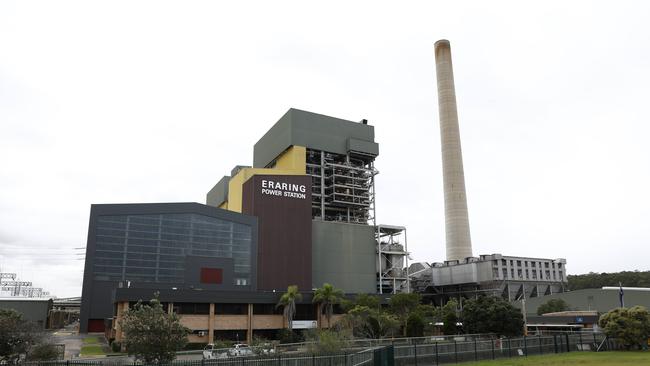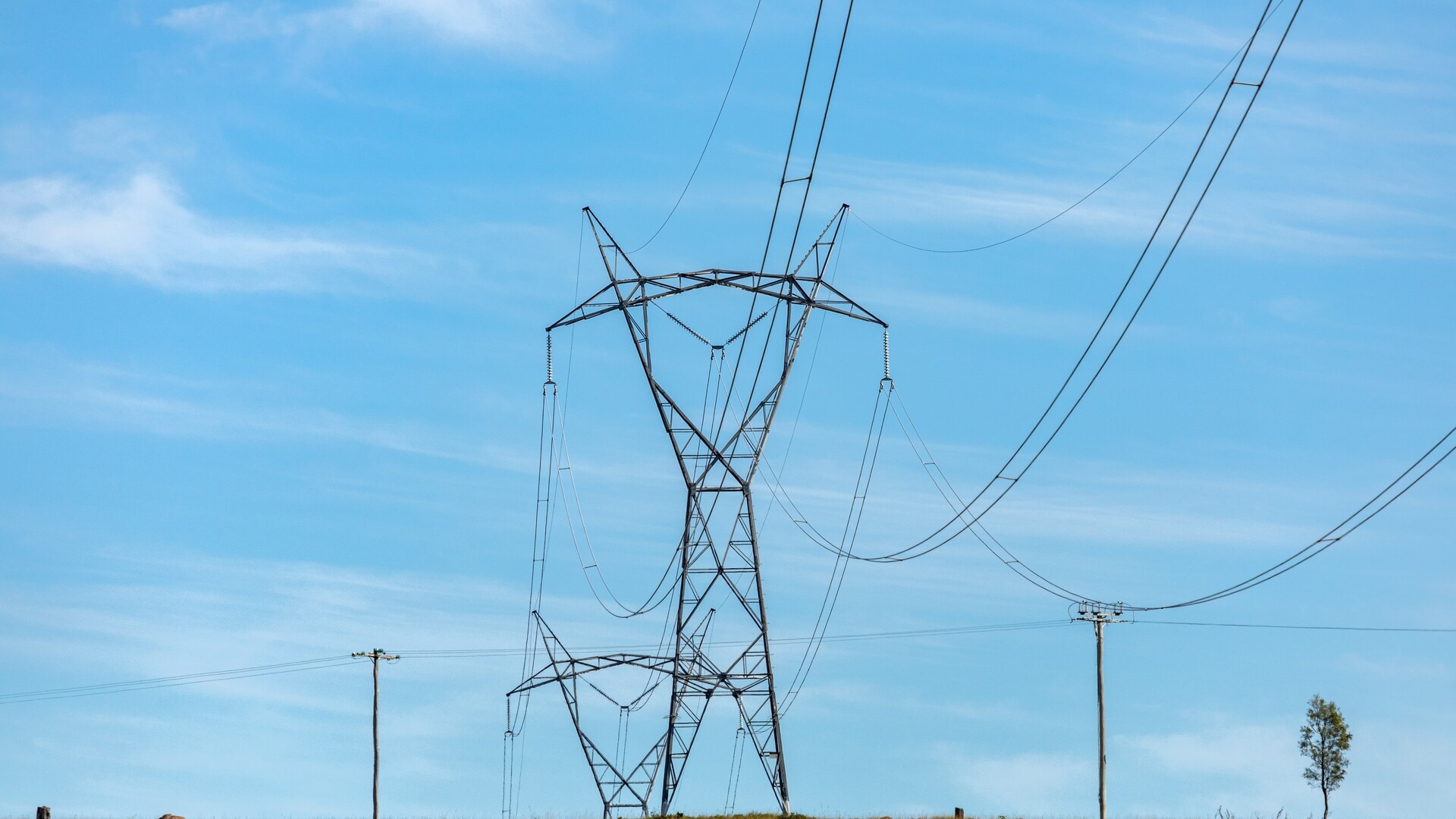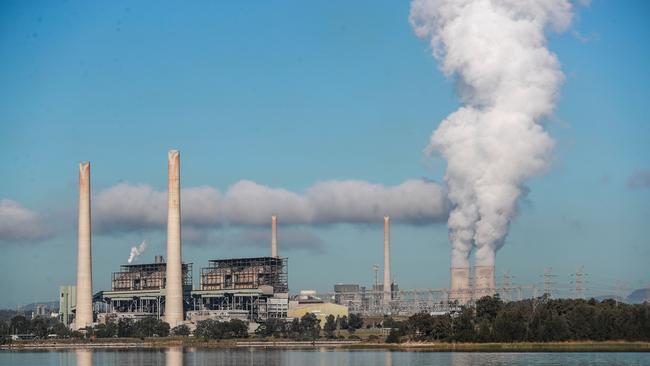Electricity reserve alarms spike to more than 2-year high amid spate of coal outages in NSW
Emergency alerts about a shortage of electricity reserves hit an all-time record for a last quarter of the year in 2024, new data has revealed, as NSW’s two largest coal power stations suffered a spate of debilitating faults.

Business
Don't miss out on the headlines from Business. Followed categories will be added to My News.
Emergency alerts about a shortage of electricity reserves hit an all-time record for a last quarter of the year in 2024, new data has revealed, as NSW’s two largest coal power stations suffered a spate of debilitating faults.
The Australian Energy Market Operator issued 144 so-called Lack of Reserve alarms for the three months ended December 31, a threshold breached when either demand spikes due to adverse weather or when electricity supplies ebb – typically due to a fault.
The number of these alerts over the final three months of 2024 was the highest number for the final quarter since AEMO begun publishing figures in 2018.
It was also the third highest for any quarter since winter 2022 when the market was plunged into chaos amid a global energy crisis and the third highest.
The majority of these alerts were the lowest level of alert, which typically draws a response from the market, but AEMO said it issued 54 more serious alarms.
All but two of these alerts were eventually managed as AEMO executed emergency responses such as paying major users to trim demand.
Australia’s power grid did not suffer any blackouts, but these lack of reserve notices coincided with substantial increases in wholesale electricity prices which form a component of household power bills.

The bulk of these alerts were issued in NSW where the state’s two largest coal power stations – AGL Energy’s Bayswater and Origin Energy’s Eraring power station suffered a series of unplanned outages that coincided with unseasonably warm weather.
Eraring returned in early summer but underscoring the increasing unreliability of the fuel source, one of the station’s four units was taken offline on Monday due to an unspecified fault. It is not clear when the unit will be returned to service.
AGL’s problems are even worse. The power station has four coal production units, but in November Unit 2 suffered a tube leak that delayed a restart after scheduled maintenance. The unit was then scheduled to restart but data shows it has been running for just four weeks in the last five months.
AGL now expects the unit will return to service by the end of the week – though tube leaks are notoriously difficult to repair and further delays can not be ruled out.
Sources familiar with the situation said the issues illustrated the ageing unreliability of coal. Bayswater is nearly 40 years old and is approaching the end of its technical lifespan. The power station is expected to shutter by 2035.

The reduced capacity saw AEMO warn of insufficient reserves across NSW = and the operator was forced on at least one occasion to use emergency powers to prop-up the grid.
Nearly all the rest of Lack of Reserve alerts were issued in Queensland as the state suffered from transmission issues that prevented electricity generated interstate from supplying Australia’s third most populous state.
Queensland has Australia’s youngest coal fleet and as a result supplies are typically far more reliable. The exception is Callide, which continues to suffer a spate of supply disruption. Callide suffered a catastrophic explosion in 2021 and the Australian Energy Regulator on Tuesday said Callide Power Trading has been fined $9m for failing to comply with performance standards.
The data on Lack of Reserves notices explains the recent surge in wholesale electricity prices. In a separate report last week, AEMO said the average cost of producing electricity across the National Electricity Market was $88/MWh over the fourth quarter of 2024, up 83 per cent from the corresponding quarter a year earlier.
NSW endured the largest surge, with wholesale electricity prices averaging $143/MWh, a jump of 118 per cent from the same period one year earlier.
The higher wholesale prices during the period are a headwind to hopes for lower tariffs, known as the Default Market Offer.
The Default Market Offer is calculated annually as the AER considers the wholesale cost of electricity, the toll of transporting electricity, and the cost of compliance with government rules and regulations. Most analysts expect modest decreases, but the recent data from the AEMO threatens to limit those falls.
The watchdog includes wholesale costs over a multi-year period, so even higher wholesale prices in recent months are not guaranteed to lead to higher tariffs when they are reset on July 1. Indeed, the record surge in 2022 could well drop out of the regulator’s calculations.
Still, the prospect alone will be a blow for the federal government as it tries to placate voter frustration amid inflation struggles – the central bank has lifted interest rates 13 times to a 13-year-high, with electricity prices a major driver of inflation.
The federal Labor government insists recent surges in utility bills are a reflection of the global energy crunch fuelled by Russia’s invasion of Ukraine – but with a record number of households unable to pay their bills – there are growing signs that the electorate is looking to alternative plans.
Labor insists its plan to have renewables generate 82 per cent of the country’s electricity by 2030 is working, and data from AEMO quarterly report provides evidence of support.
The Coalition has insisted Labor’s plan is unfeasible and has instead pledged to build seven nuclear power stations to allow Australia to meet its net zero emissions by 2050 target.
The first of the nuclear power stations are not expected to be online until 2037 and the Coalition has said it will run coal for longer. But industry figures insist coal has little chance of being reliably run until nuclear is ready.
Should it win power at the looming election, the Coalition will need to change the law allowing nuclear, secure support from skeptical states and overcome any community opposition – all which is expected to be difficult.
Originally published as Electricity reserve alarms spike to more than 2-year high amid spate of coal outages in NSW





